Home>Gardening & Outdoor>Landscaping Ideas>How To Run Faster On Grass


Landscaping Ideas
How To Run Faster On Grass
Modified: March 23, 2024
Learn effective landscaping ideas to improve your running speed on grass. Discover expert tips and techniques to enhance your performance.
(Many of the links in this article redirect to a specific reviewed product. Your purchase of these products through affiliate links helps to generate commission for Storables.com, at no extra cost. Learn more)
Introduction
Running on grass can be a refreshing and exhilarating experience, offering a welcome change of scenery and a softer surface compared to pavement or track. Whether you're an athlete, fitness enthusiast, or simply enjoy the great outdoors, mastering the art of running faster on grass can elevate your performance and enhance your overall running experience.
When it comes to running on grass, there are unique challenges to contend with, including uneven terrain, potential slipperiness, and the requirement for different muscle engagement compared to running on harder surfaces. However, with the right approach and techniques, you can overcome these obstacles and improve your speed and agility on grass.
In this guide, we'll delve into the intricacies of running faster on grass, providing valuable insights, practical tips, and effective training exercises to help you elevate your performance. By understanding the nuances of grass running and implementing targeted strategies, you can enhance your speed, endurance, and overall proficiency in this invigorating form of running. So, lace up your shoes, embrace the natural terrain, and let's explore how you can elevate your grass running game to new heights.
Key Takeaways:
- Embrace agility and stability training to run faster on grass. Short, quick strides and strong core engagement optimize your performance on uneven terrain.
- Choose trail running shoes and refine your technique for confident and efficient grass running. Adaptability, resilience, and forward momentum are key to success.
Read more: How To Encourage New Grass To Grow Faster
Understanding the Challenges of Running on Grass
Running on grass presents a unique set of challenges that differ from running on solid surfaces such as pavement or track. Understanding these challenges is crucial for optimizing your performance and minimizing the risk of injury. Here are some key factors to consider:
- Uneven Terrain: Unlike smooth, even surfaces, grass terrain can be uneven, featuring variations in elevation, divots, and hidden obstacles. Negotiating these irregularities demands heightened focus and agility to maintain stability and momentum.
- Reduced Traction: Grass can be slippery, especially in damp or dewy conditions. This diminishes traction and necessitates adjustments in your running technique to prevent slipping and sliding, particularly during acceleration and sharp turns.
- Muscle Engagement: Running on grass engages different muscles compared to running on hard surfaces. The softer, yielding nature of grass requires greater lower body strength and stability, as well as increased activation of stabilizing muscles to navigate the varied terrain.
- Energy Expenditure: Due to the added resistance of grass compared to solid ground, running on grass typically demands more energy and effort. This can impact your speed and endurance, requiring strategic pacing and efficient energy management.
- Environmental Factors: Grass running exposes you to natural elements such as wind, sun, and varying temperatures, which can influence your comfort and performance. Adapting to these environmental factors is essential for optimizing your running experience.
By recognizing and addressing these challenges, you can adapt your training and technique to harness the unique benefits of grass running while mitigating potential drawbacks. With a comprehensive understanding of the demands posed by grass terrain, you can tailor your approach to enhance your speed, agility, and overall proficiency in this dynamic running environment.
Tips for Improving Speed on Grass
Enhancing your speed on grass involves a combination of strategic adjustments in technique, mindset, and training. By incorporating the following tips into your grass running regimen, you can elevate your performance and unlock your full potential:
- Focus on Balance and Stability: Prioritize exercises and drills that enhance your balance and stability, such as single-leg squats, lateral bounds, and stability ball workouts. These activities strengthen the muscles responsible for stability, reducing the risk of slips and falls on uneven grass terrain.
- Develop Explosive Power: Integrate plyometric exercises like box jumps, explosive lunges, and bounding drills into your training routine. These movements cultivate explosive power in your lower body, enabling quicker acceleration and more forceful propulsion off the grass surface.
- Refine Your Stride Length and Cadence: Experiment with your stride length and cadence to find the optimal balance for grass running. Shorter, quicker strides can enhance traction and maneuverability, while maintaining a steady cadence promotes efficient energy expenditure and sustained speed.
- Embrace Hills and Inclines: Incorporate hill sprints and incline intervals into your training to build strength, power, and resilience. Conquering uphill terrain translates to improved speed and endurance on flat or varied grass surfaces.
- Mental Preparation: Cultivate a positive and adaptable mindset when running on grass. Embrace the unpredictability of the terrain and focus on maintaining fluid, adaptive movements. Mental resilience plays a pivotal role in navigating the challenges of grass running and optimizing your speed.
- Hydration and Nutrition: Prioritize hydration and balanced nutrition to support your body’s performance on grass. Proper hydration and nutrient intake contribute to sustained energy levels, muscular function, and overall endurance during your runs.
By integrating these tips into your grass running routine, you can refine your technique, fortify your body, and cultivate a mindset that empowers you to run faster and more confidently on grass. Embracing the nuances of grass terrain and tailoring your approach accordingly will elevate your speed and agility, enabling you to fully embrace the exhilarating experience of running on nature’s lush carpet.
Training Exercises for Running Faster on Grass
Effective training for faster grass running involves a diverse array of exercises that target specific aspects of agility, strength, and speed. By incorporating the following training exercises into your regimen, you can enhance your performance and adaptability on grass terrain:
- Agility Ladder Drills: Utilize an agility ladder to practice intricate footwork, quick direction changes, and enhanced coordination. Agility ladder drills improve your foot speed, agility, and proprioception, essential for navigating the uneven terrain of grass with precision and control.
- Cone Drills: Set up a series of cones in varied formations to simulate the unpredictable nature of grass terrain. Perform drills that involve weaving through the cones, executing sharp turns, and accelerating from a stationary position. These drills hone your ability to adapt to sudden changes in direction and speed, crucial for grass running proficiency.
- Resistance Band Workouts: Incorporate resistance band exercises to strengthen the muscles involved in maintaining stability and propulsion on grass. Lateral band walks, resisted sprints, and monster walks target the hip abductors, adductors, and glutes, enhancing your ability to generate power and maintain balance on uneven surfaces.
- Sprint Intervals: Design sprint interval workouts that incorporate short bursts of high-intensity running on grass. Alternate between periods of maximum effort and active recovery to improve your anaerobic capacity, speed, and acceleration, effectively simulating the demands of grass running.
- Balance and Core Work: Integrate balance and core exercises such as single-leg stability exercises, planks, and stability ball workouts. A strong core and well-developed stabilizing muscles are essential for maintaining equilibrium and efficient movement on the dynamic surface of grass.
- Trail Running: Include trail running sessions in your training regimen to acclimate your body to the challenges of varied terrain. Trail running exposes you to natural obstacles, inclines, and uneven surfaces, fostering adaptability and resilience essential for grass running.
By incorporating these diverse training exercises into your routine, you can fortify your body, enhance your agility, and cultivate the specific skills required for faster and more confident running on grass. Consistent practice and targeted training will empower you to navigate the intricacies of grass terrain with grace and speed, elevating your overall running performance.
Focus on short, quick strides and lift your knees higher to reduce resistance. Wear shoes with good traction and practice running on grass regularly to improve your speed.
Proper Footwear and Technique for Grass Running
Choosing the right footwear and honing your running technique are pivotal for optimizing your performance and safety when running on grass. Here’s a comprehensive guide to selecting the proper footwear and refining your technique for grass running:
Read more: How To Make Zoysia Grass Grow Faster
Footwear Selection:
When running on grass, opt for shoes with lugged or studded outsoles that provide enhanced traction and grip. Trail running shoes are an excellent choice, featuring aggressive treads designed to tackle varied terrain. These shoes offer stability and protection while promoting confident strides on grass surfaces. Additionally, ensure that your footwear offers ample cushioning to mitigate the impact of uneven terrain and provide comfort during longer runs.
Running Technique:
Refining your running technique is essential for navigating the challenges of grass terrain while maximizing your speed and efficiency. Consider the following key elements when honing your grass running technique:
- Shortened Strides: Adapt your stride length to the uneven nature of grass. Shorter, quicker strides enhance stability and traction, allowing you to navigate the terrain with greater control and agility.
- Midfoot Striking: Aim to land on the midfoot or forefoot rather than the heel when running on grass. This promotes a more stable and responsive foot strike, reducing the risk of slipping and minimizing the impact on your joints.
- Engage Core and Stabilizing Muscles: Maintain a strong and stable core while running on grass, engaging the abdominal and lower back muscles to support your posture and balance. Additionally, focus on activating the stabilizing muscles in your legs to adapt to the ever-changing surface.
- Adapt to Terrain Changes: Anticipate and adapt to the variations in grass terrain, adjusting your stride and foot placement to accommodate inclines, divots, and other irregularities. Flexibility and adaptability are key for efficient and confident grass running.
- Maintain Forward Momentum: Emphasize forward propulsion and fluid motion, utilizing your arms and core to drive your body forward. Consistent forward momentum minimizes the risk of getting bogged down in softer or uneven patches of grass.
By selecting appropriate footwear and fine-tuning your running technique, you can optimize your performance and minimize the impact of grass running challenges. The right footwear provides traction and support, while a refined running technique empowers you to navigate the dynamic terrain with grace, speed, and confidence.
Conclusion
Running faster on grass is a rewarding pursuit that demands adaptability, strength, and a nuanced approach to training and technique. By embracing the unique challenges and opportunities presented by grass terrain, you can elevate your speed, agility, and overall running proficiency. Whether you’re a competitive athlete seeking to excel in cross-country events or a recreational runner looking to invigorate your training routine, the tips and insights shared in this guide can empower you to thrive on the natural canvas of grass.
Understanding the intricacies of grass running, from the demands of uneven terrain to the importance of proper footwear and technique, is foundational to your success. By incorporating targeted training exercises that enhance agility, stability, and power, you can fortify your body and cultivate the specific skills required for confident and efficient grass running. Moreover, the mental aspect of grass running should not be overlooked, as maintaining adaptability, resilience, and a positive mindset is essential for conquering the uncertainties of natural terrain.
As you embark on your journey to run faster on grass, remember to approach your training and practice with patience and persistence. Consistent effort, mindful refinement of technique, and a commitment to holistic fitness will contribute to your growth as a proficient grass runner. Embrace the exhilarating experience of grass running, revel in the beauty of natural surroundings, and savor the unique challenges that propel you to new heights of speed and agility.
Ultimately, running faster on grass is not merely about achieving swifter times or outpacing competitors; it’s about embracing the dynamic nature of the terrain, honing your skills, and experiencing the pure joy of running in harmony with nature. So, lace up your trail shoes, heed the wisdom of this guide, and embark on your grass running journey with confidence and determination. The lush, undulating expanse of grass awaits, ready to propel you toward newfound speed and exhilaration.
Frequently Asked Questions about How To Run Faster On Grass
Was this page helpful?
At Storables.com, we guarantee accurate and reliable information. Our content, validated by Expert Board Contributors, is crafted following stringent Editorial Policies. We're committed to providing you with well-researched, expert-backed insights for all your informational needs.
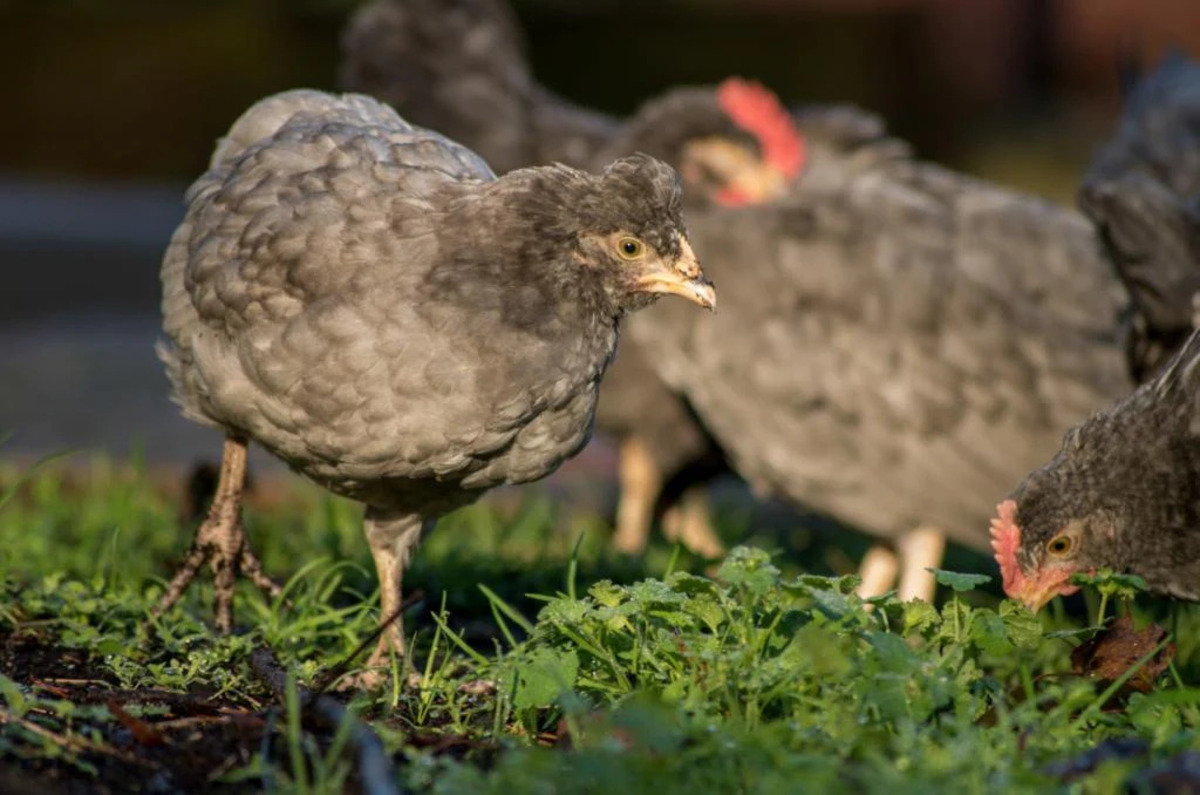
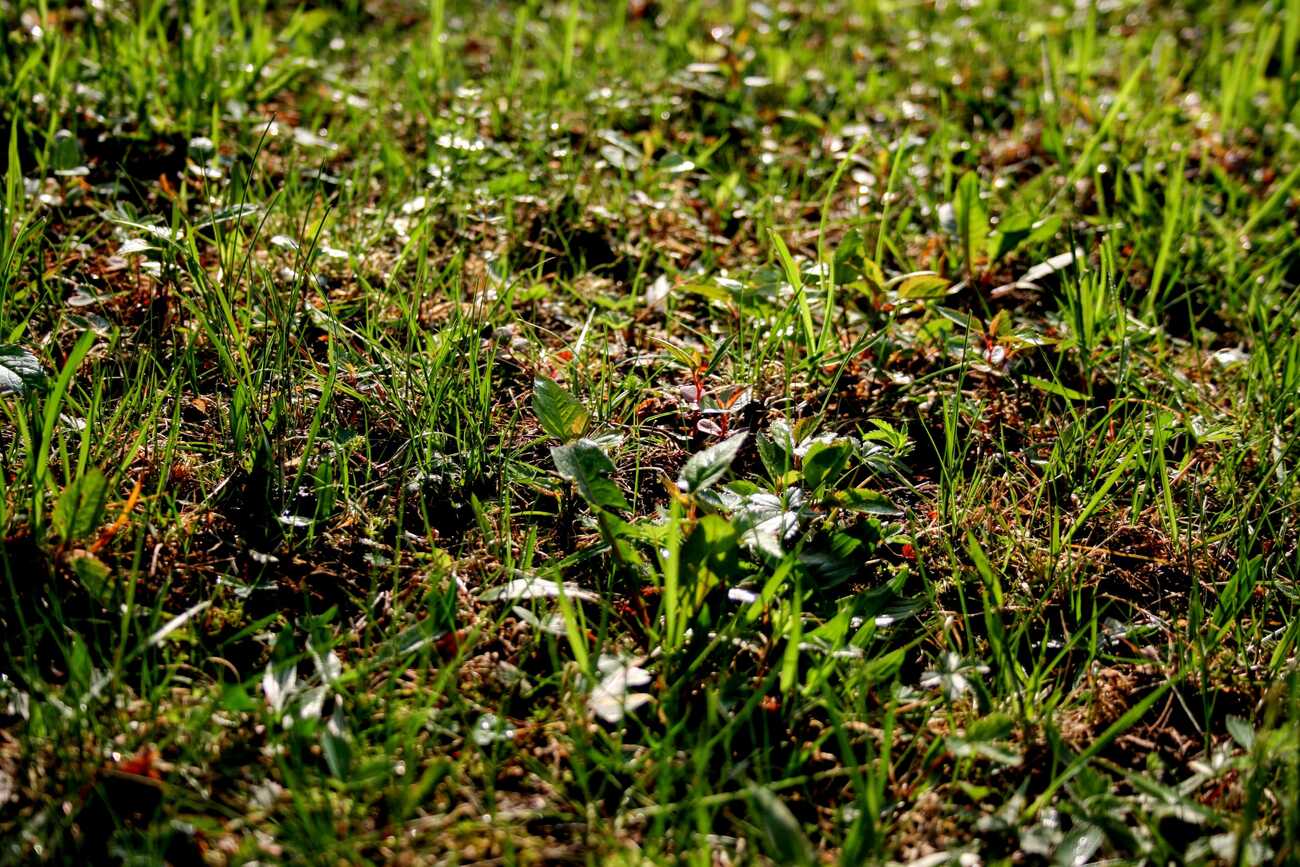

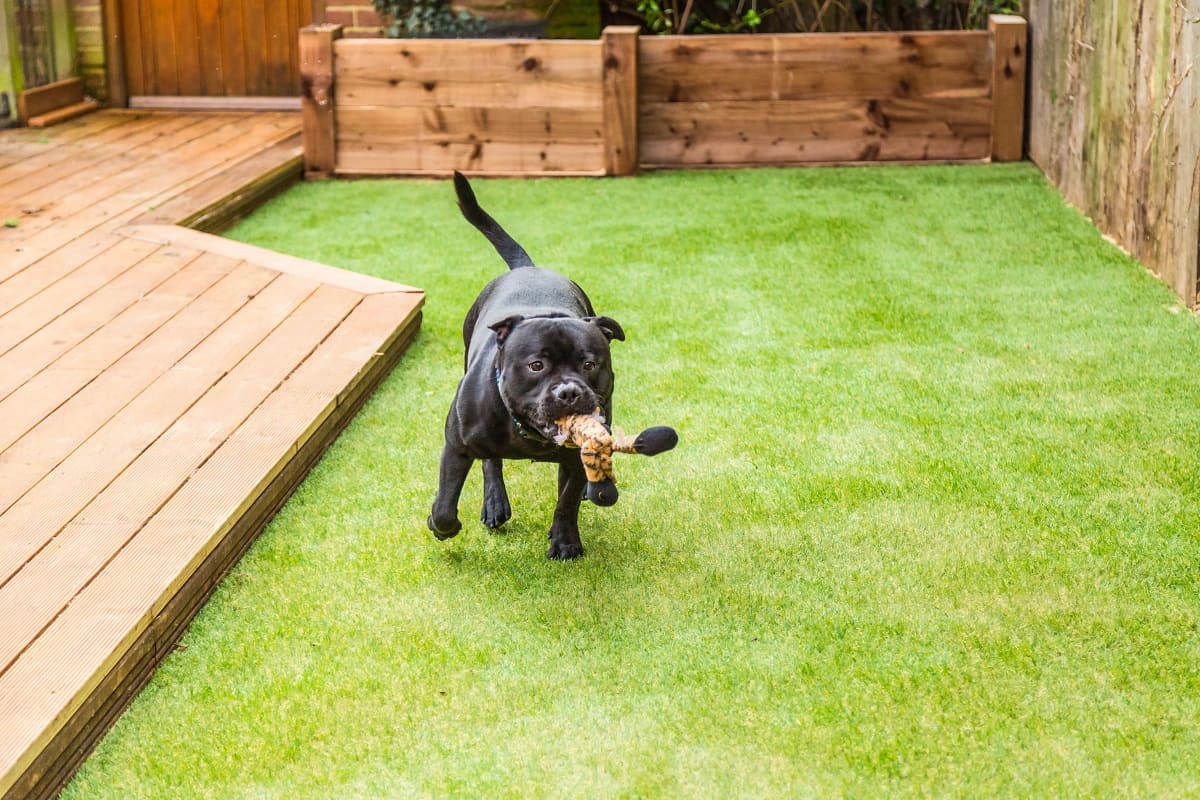
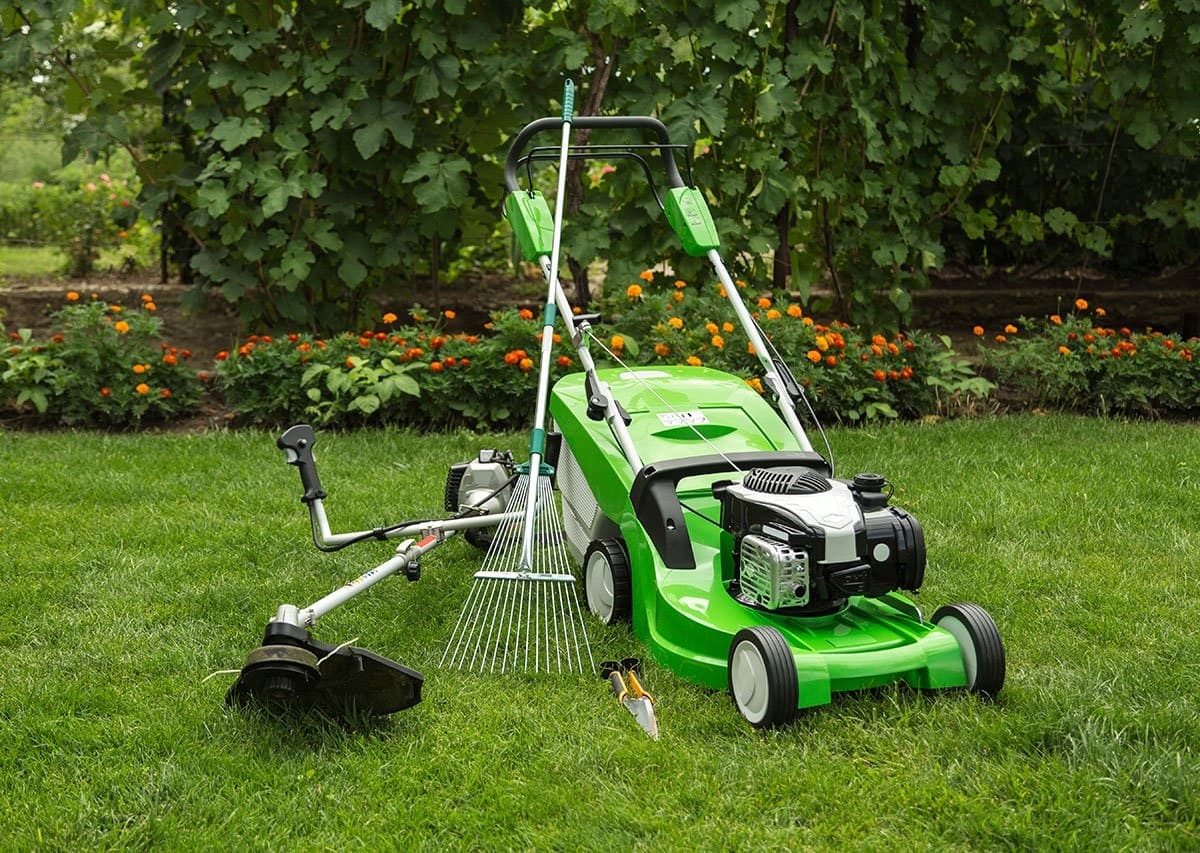
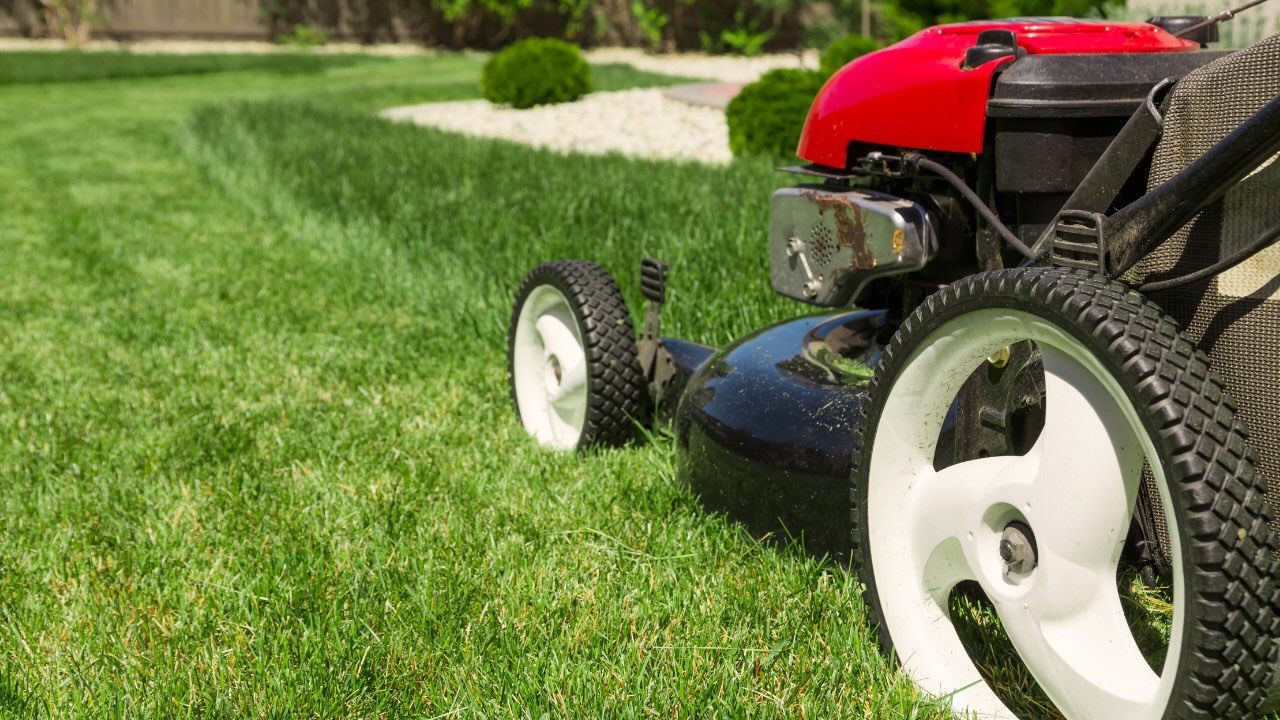

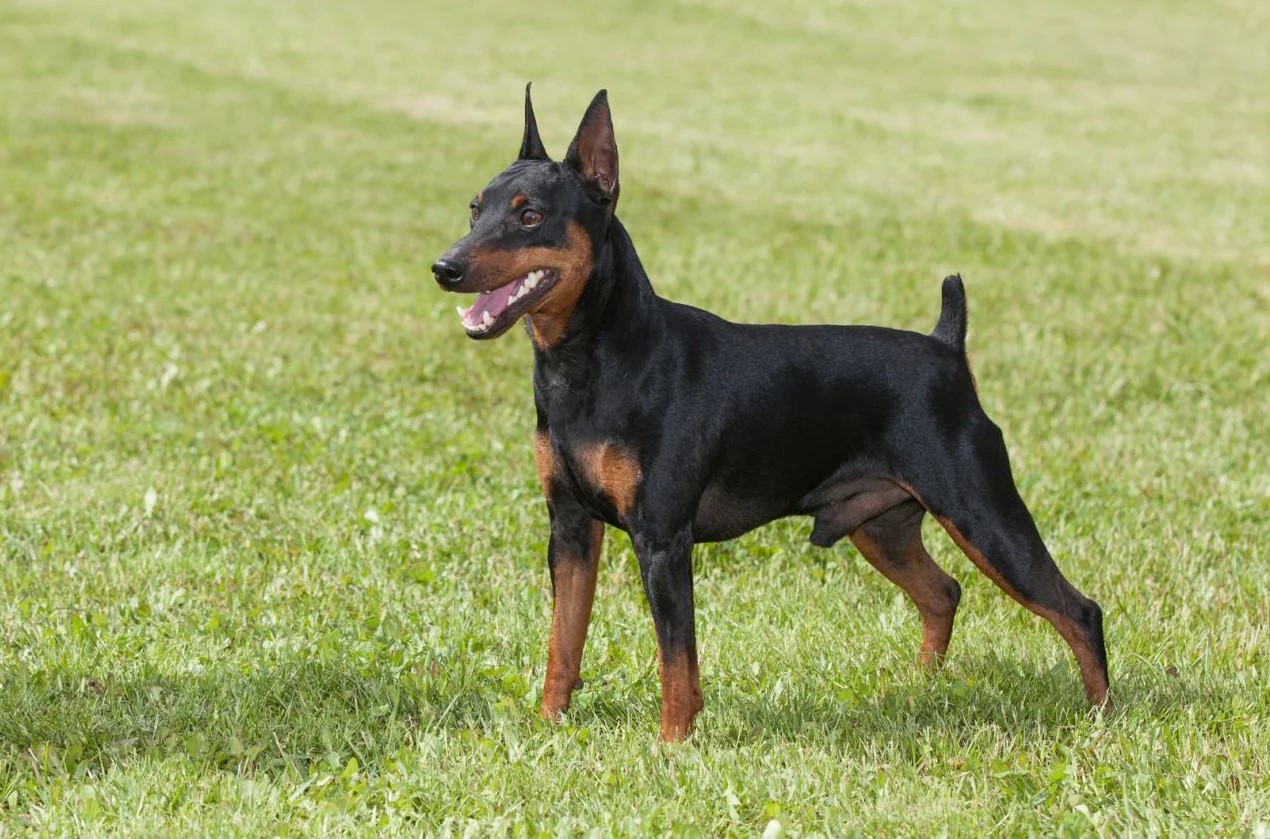





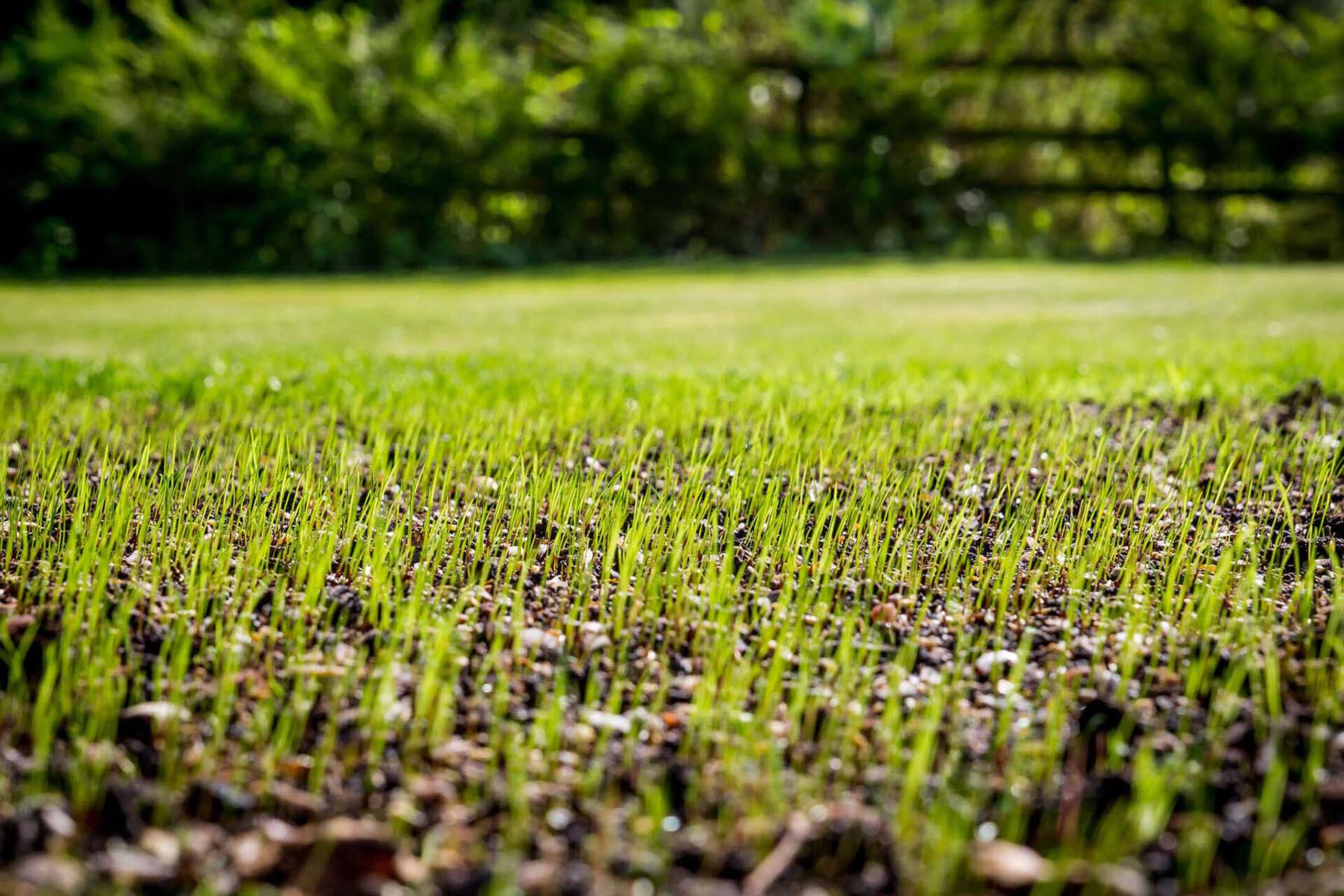

0 thoughts on “How To Run Faster On Grass”